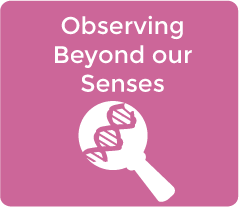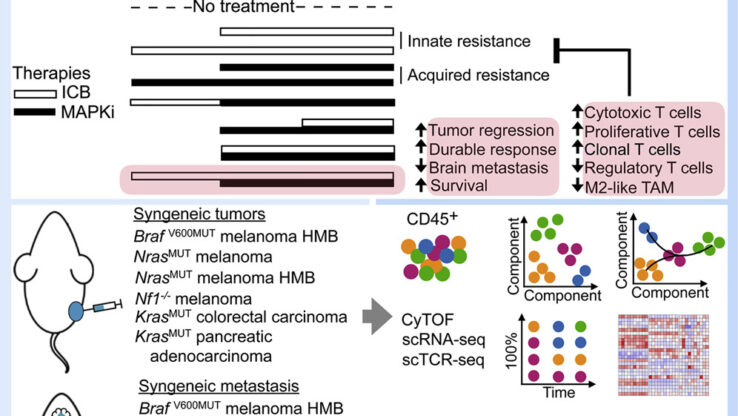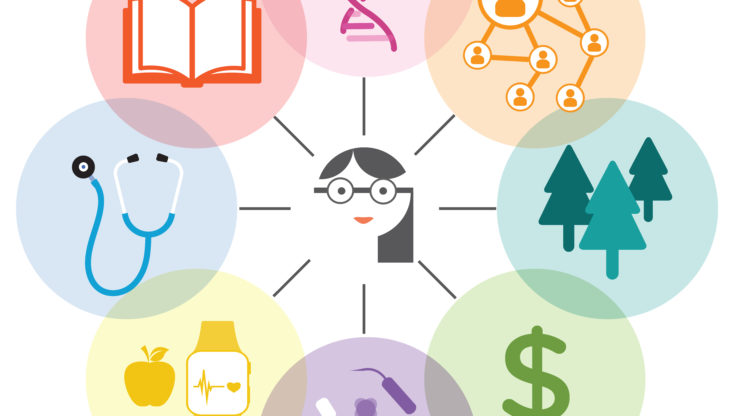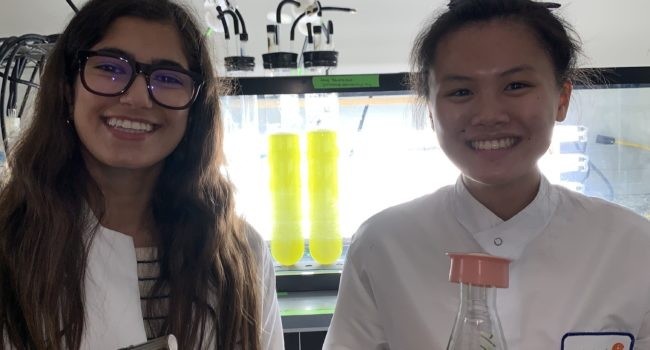SEP5 Science and Engineering Practice 5 – Using Mathematics and Computational Thinking
 see.isbscience.org/ngss/sep5/
see.isbscience.org/ngss/sep5/Although there are differences in how mathematics and computational thinking are applied in science and in engineering, mathematics often brings these two fields together by enabling engineers to apply the mathematical form of scientific theories and by enabling scientists to use powerful information technologies designed by engineers. Both kinds of professionals can thereby accomplish investigations and analyses and build complex models, which might otherwise be out of the question. (NRC Framework, 2012, p. 65)
Students are expected to use mathematics to represent physical variables and their relationships, and to make quantitative predictions. Other applications of mathematics in science and engineering include logic, geometry, and at the highest levels, calculus. Computers and digital tools can enhance the power of mathematics by automating calculations, approximating solutions to problems that cannot be calculated precisely, and analyzing large data sets available to identify meaningful patterns. Students are expected to use laboratory tools connected to computers for observing, measuring, recording, and processing data. Students are also expected to engage in computational thinking, which involves strategies for organizing and searching data, creating sequences of steps called algorithms, and using and developing new simulations of natural and designed systems. Mathematics is a tool that is key to understanding science. As such, classroom instruction must include critical skills of mathematics. The NGSS displays many of those skills through the performance expectations, but classroom instruction should enhance all of science through the use of quality mathematical and computational thinking.






